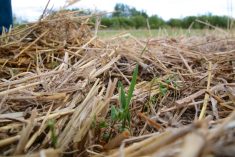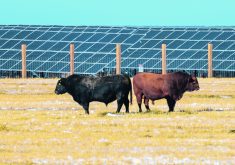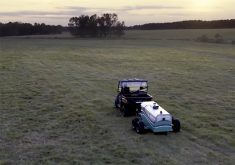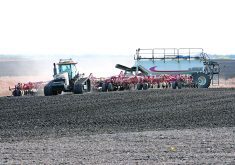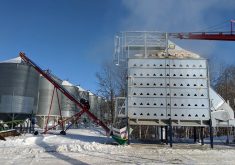Food companies are replacing carbon offsets with insets, in which they make investments in their own supply chains
Canada’s farmers should be prepared for a shift in how the carbon market operates.
Denis Tremorin, Pulse Canada director of sustainability, said food companies are moving to insets from offsets as they look at reaching their net zero promises.
He told a Saskatchewan Pulse Growers seminar that companies initially purchased offsets to deal with emissions within their plants and from the electricity they buy. However, those offsets don’t come from within food and agriculture.
“(Companies) are being pushed to move upstream with those emission reductions more and more and more,” he said. “There’s going to be a shift likely in how agricultural markets are being approached when it comes to these offsets.”
Read Also

Anti-separatist movement targets rural Alberta
Former deputy premier Thomas Lukaszuk’s anti-separatism Alberta Forever Canada petition campaign expects to run full steam ahead into the province’s farming regions
Insets involve investments in initiatives to reduce carbon within a company’s own supply chain. Tremorin said their use might actually make an agricultural carbon credit system more viable.
But he said the industry has to be ready for what this means and out in front of developing the framework.
“How can we develop inset protocols and protocols around carbon for pulses in rotation?” he said. “We’re seeing a lot of demand and a lot of interest in decarbonizing agriculture and getting net zero commitments. How do we build systems that create value for both the buyer in the food system but also the producer?”
One example would be a company like Maple Leaf being able to market low-carbon pork products because the feed ration contained peas.
A life cycle assessment of a pork production system in Western Canada found that including peas in the ration decreased the carbon footprint of that pork by 13 percent.
“What we’re trying to do with the pork industry is say, ‘hey, you can do a lot of things in your supply chain to decrease greenhouse gas emissions, but I don’t think you’re ever going to find a single practice that can have this much impact’,” he said.
But he also said insetting has to create value for everyone and producers have to understand their role.
The food industry is calling the chain a supply shed.
“So, you’re a company that buys a number of products from a geographic area and can you develop credit programs that apply to all the crops in rotation,” Tremorin explained. “The concept here with pulses in rotation, we know there’s a nitrogen credit and that can be converted to a carbon credit. Can you apply that credit so that everybody that’s buying commodities out of that supply chain can benefit from that rotation?”




